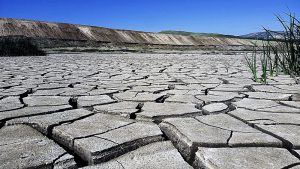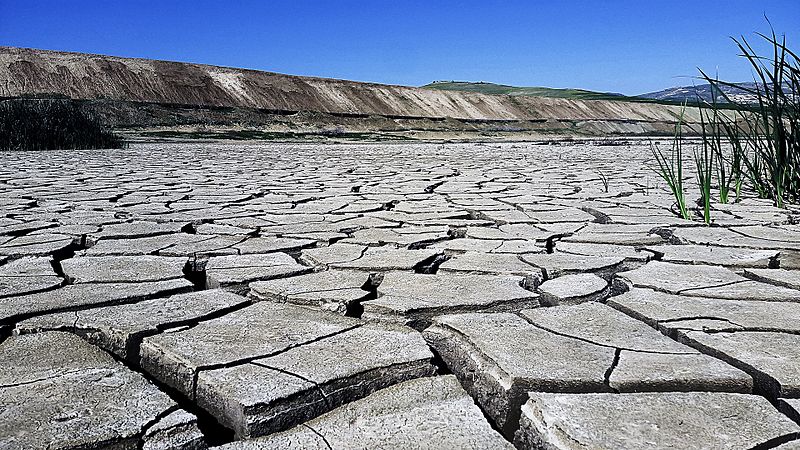Experts agree that global heating of 4C by 2100 is a real possibility.
The effects of such a rise will be extreme and require a drastic shift in the way we live
Drowned cities; stagnant seas; intolerable heatwaves; entire nations uninhabitable… and more than 11 billion humans. A four-degree-warmer world is the stuff of nightmares and yet that’s where we’re heading in just decades.

While governments mull various carbon targets aimed at keeping human-induced global heating within safe levels – including new ambitions to reach net-zero emissions by 2050 – it’s worth looking ahead pragmatically at what happens if we fail. After all, many scientists think it’s highly unlikely that we will stay below 2C (above pre-industrial levels) by the end of the century, let alone 1.5C. Most countries are not making anywhere near enough progress to meet these internationally agreed targets.
Climate models predict we’re currently on track for a heating of somewhere between 3C and 4C for 2100, although bear in mind that these are global average temperatures – at the poles and over land (where people live), the increase may be double that. Predictions are tricky, however, as temperatures depend on how sensitive the climate is to carbon dioxide (CO2). Most models assume that it is not very sensitive – that’s where the lower 3C comes from – but a whole new set of models to be published in 2021 finds much greater sensitivity. They put heating at around 5C by the end of the century, meaning people could be experiencing as much as 10C of heating over land.
Read more: The Guardian



